Oilcloth has become very popular in different parts of the world. It has different uses, outdoors and indoors. This cloth was originally known as floorcloth because it was an easy, inexpensive and durable alternative to wood flooring.
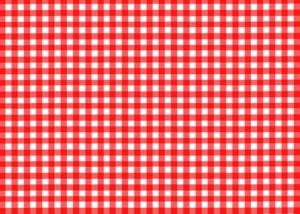
Early on, this fabric was used by sailors and fishermen for sails. Originally, this cloth was made from oil-treated canvas or other alternative waterproofing materials like clays and waxes. The modern manufacturers are using a mesh base of cotton or polymer that is supported by plastic or vinyl.
Properties
This fabric is stain and water resistant. The high density of the material used makes it durable and strong. Plastic or vinyl is easy to clean. You should clean it with warm water and soap to obtain a clean finish. Oilcloth should be rolled up properly before storing it to make sure that it is wrinkle free. Initially, this fabric was made of patterns, designs, colours, and designs but modern styles are more conservative than the traditional ones. This fabric is sold on rolls, and i can’t fray when cut to different sizes.
Applications
Oilcloth is one of the most versatile fabrics making it a practical option for sewing projects. For instance, you can use it in your kitchen for tablecloths and placemats. In panty or laundry, this fabric is used for covering the drawer’s inside lining or shelving. Furthermore, it is a practical option for the baby’s changing table, booster cover, and high chair.
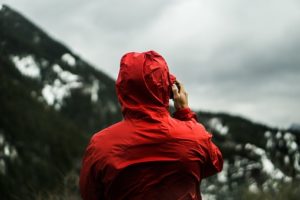
Its outdoor uses include picnic table liners, raincoats, waterproof bags, tents, pillows, and grill covers. Some people have using it to make beautiful lunch bags. Additionally, a crafty and creative use if this fabric includes the oilcloth message board that people hang in their family rooms, kitchens or offices. Dull-colored oilcloths are used for tents and bedrolls.
Advantages
- Antibacterial
- Resilient, strong materials that can endure for an extended period
- Easy to care for, clean and maintain
- Highly resistant to stain and water
- Nice designs and colors
- Its edges cannot fray or ravel
Disadvantages
- Vinyl contains PVCs – PVCs are non-nondegradable. Any kid that is exposed to this fabric can place it in the mouth.
- This fabric can fade when exposed directly to sunlight
- Can’t be recycled, but it is still considered to be eco-friendly since it can be used for an extended period without cleaning it with much chemicals or water.


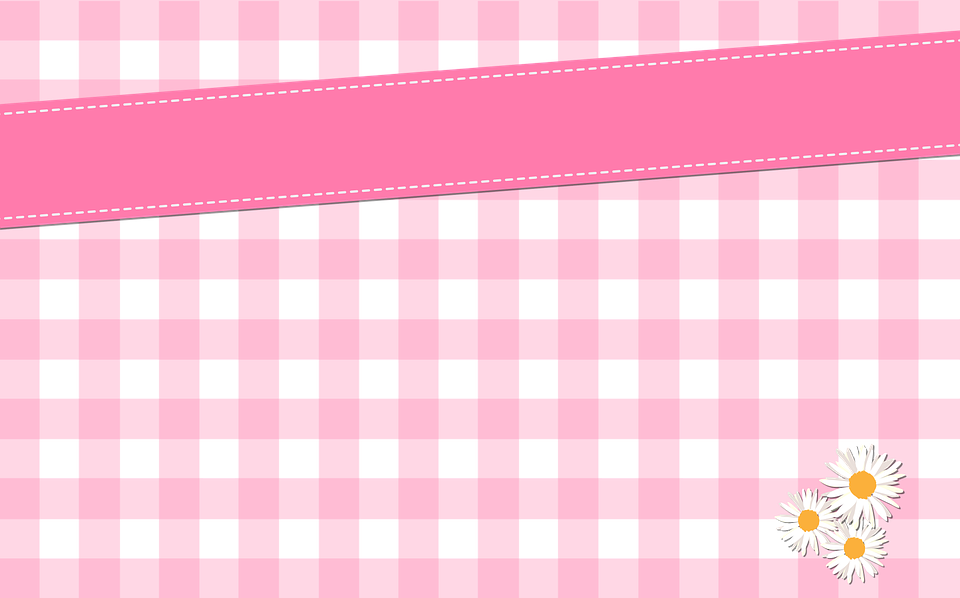
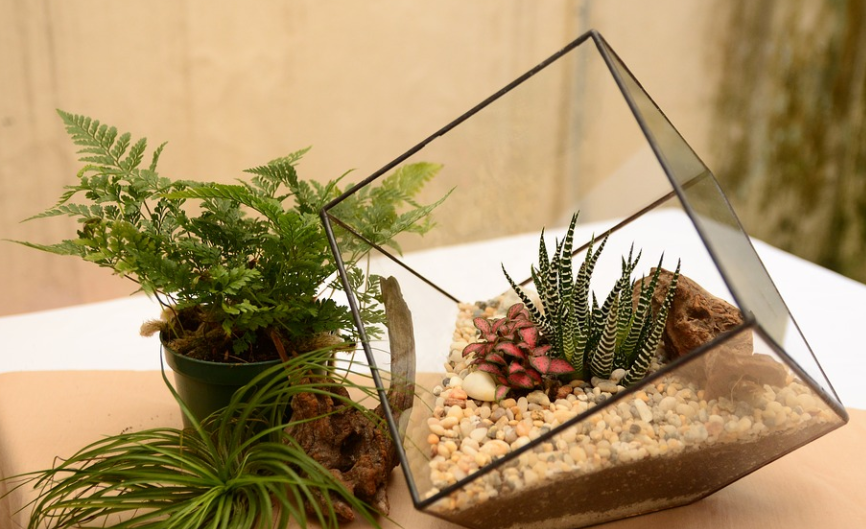
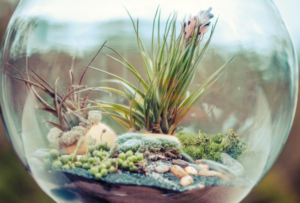 Some terrariums use plants only, and the other the combination of plants and insects, or other animals. Therefore, there are two types of terrarium: fauna and flora.
Some terrariums use plants only, and the other the combination of plants and insects, or other animals. Therefore, there are two types of terrarium: fauna and flora.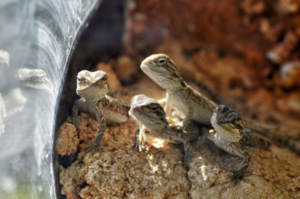 There is even a self-sustaining terrarium, the microfauna terrarium. It combines mold, fungus, microorganism, and insects to keep the ecosystem efficient. When it is efficient, your interference is not required for the organisms in the terrarium to survive.
There is even a self-sustaining terrarium, the microfauna terrarium. It combines mold, fungus, microorganism, and insects to keep the ecosystem efficient. When it is efficient, your interference is not required for the organisms in the terrarium to survive.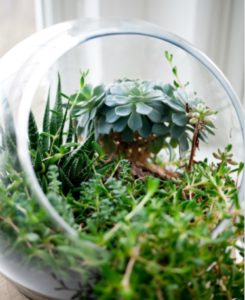 There are four well-known ecosystem-based terrariums: desert, terrestrial, tropical, and the one that has been hinted on the previous subheading, microfauna terrarium. Each has their features and requirements, which make them unique from one to another.
There are four well-known ecosystem-based terrariums: desert, terrestrial, tropical, and the one that has been hinted on the previous subheading, microfauna terrarium. Each has their features and requirements, which make them unique from one to another.